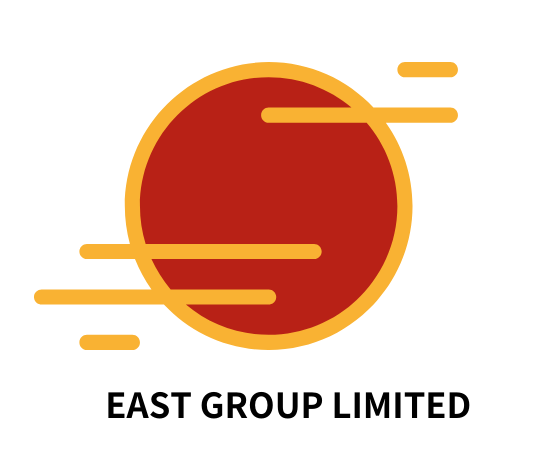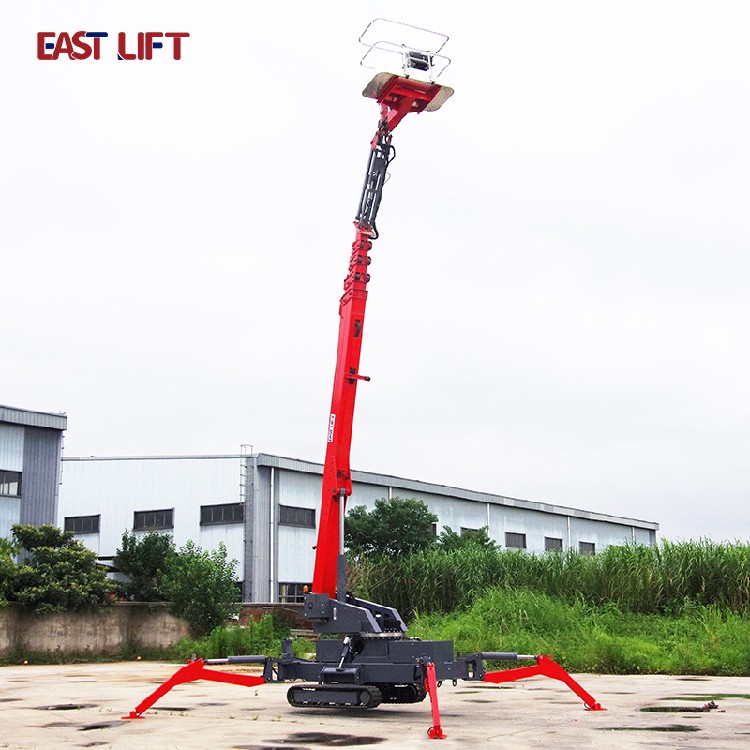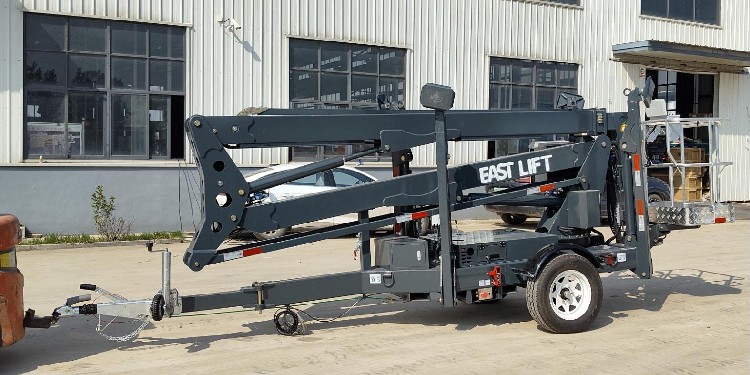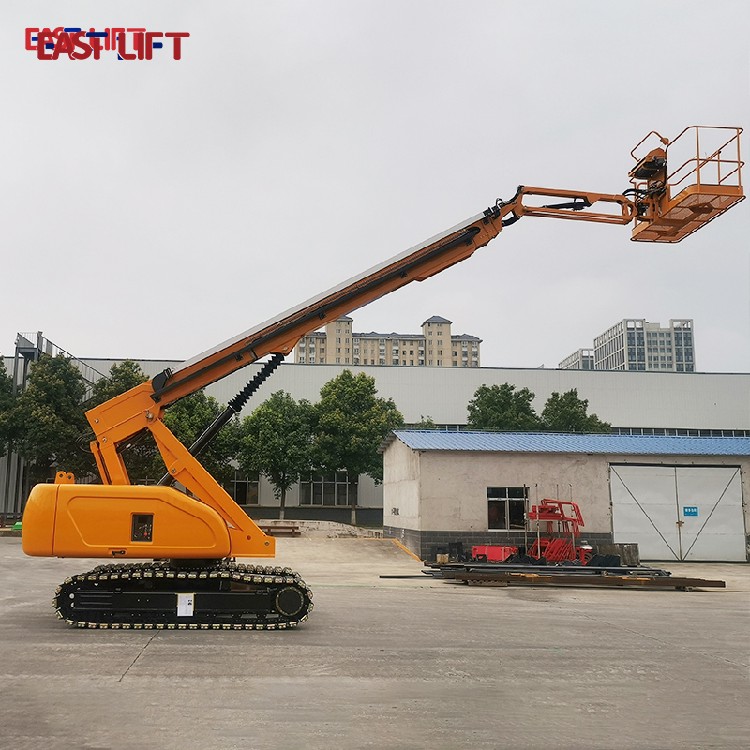Welcome!







Categories of Self-Propelled Scissor Cranes (Part 1)
Basic Info
| Platform height,max | 10m | Platform load capacity | 1150kg | Working height,max | 12m |
|---|
Product Description
Scissor lifts, with their robust scissor mechanism, large working platform, and strong load-bearing capacity, have become indispensable equipment in various fields such as construction, factory maintenance, and commercial renovation. As industry demands become increasingly specialized, different categories of scissor lifts have emerged, each differing significantly in mobility, power type, and application scenarios. This article will break down scissor lifts into their respective categories to help you accurately select the appropriate type.
Based on mobility: fixed and mobile scissor lift aerial work platforms
Based on whether they have mobility capabilities, scissor lifts can be divided into two main categories: fixed and mobile. This is the most basic and commonly used classification method, corresponding to the core needs of fixed and flexible operations, respectively.
Fixed scissor lift aerial work platform
The core feature of this type of platform is its fixed location after installation, typically embedded in the ground or fixed to a dedicated base. It mostly uses a hydraulic drive system and is primarily designed for long-term, fixed-point operations. Structurally, it doesn't need to accommodate mobility, thus its load-bearing capacity far exceeds that of mobile platforms. It is suitable for factory assembly lines to complete the transfer of goods between different levels; for warehouse loading and unloading areas to precisely connect with truck beds for smooth loading and unloading; and in small buildings, it can also serve as a simple freight elevator to replace traditional elevators for transporting goods between lower floors. When using this vehicle, the installation location needs to be planned in advance to ensure that the ground's weighing capacity is within acceptable limits.
Mobile scissor lift aerial work platform
Mobile scissor lifts are equipped with wheels, making them versatile tools for flexible operation. Based on their mobility, they can be further categorized into three types: manually pushed, electrically self-propelled, and towed. The manually pushed type is compact and requires manual pushing and positioning. The electrically self-propelled type is more comprehensive, capable of autonomous movement and performing lifting, forward, and backward maneuvers in mid-air, offering high operational efficiency. The towed type, as the name suggests, requires towing. The lifting height of mobile scissor lifts ranges from a few meters to tens of meters, and they require no complex installation, being ready to use immediately. They are suitable for shuttling back and forth during ceiling repairs in shopping malls, and for flexible movement in warehousing and logistics. However, their load-bearing capacity is relatively weak, and they require a certain degree of ground flatness, making them unsuitable for uneven surfaces.
Based on the power drive, they can be classified as electric drive, hydraulic drive, and diesel drive
The power system is key to determining the operating environment and environmental friendliness of scissor lift platforms.
Electric scissor lift aerial work platform
Electric drive systems, powered primarily by electricity, are the mainstream choice for indoor operations. They are well-suited for demanding environments due to their low noise, zero emissions, and pollution-free operation, as well as smooth lifting and lowering. Suitable for spaces such as libraries and hotel lobbies.
Hydraulic drive is a type of scissor lift aerial work platform
Hydraulic-driven lifting systems rely heavily on hydraulic power. Their core advantages include stable power output, controllable lifting speed, robust structure, and low maintenance costs. They are suitable for indoor and outdoor environments with low noise and emission requirements, and their load-bearing capacity is very strong, maintaining stable lifting operations even under full load.
Diesel-powered scissor lift aerial work platform
Diesel-powered scissor lifts are primarily designed for complex outdoor environments, especially off-road scissor lifts, which often utilize diesel power. These platforms offer strong power, excellent climbing ability, and can handle the rugged terrain of outdoor construction sites. They are suitable for exterior wall construction on building sites, equipment maintenance in mines, and similar applications. Because they are diesel-powered, there is no concern about running out of electricity, and they produce noise and exhaust fumes, making them unsuitable for indoor work.
Conclusion
The above classification is based on the mobility and power of scissor lift aerial work platforms. There are other classifications as well, which will be discussed in the next article.
Recommended Products
Recently Viewed
Contact Us
Shandong Xusheng Machinery Technology Group Co., Ltd.










